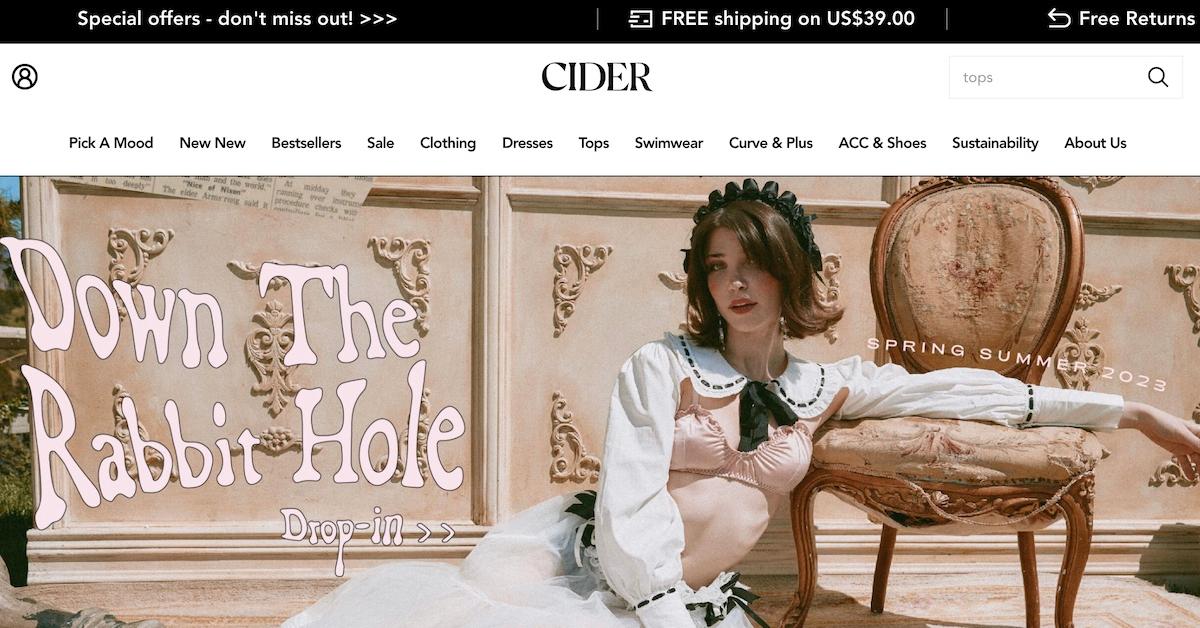Tightening the Green Leash: ASA & CMA's Intensified Fight Against Greenwashing
Misleading green claims under scrutiny as UK advertising regulator commits to ensuring transparency.

In June, the UK's Advertising Standards Authority (ASA) revised its guidance against misleading environmental claims, primarily targeting greenwashing.
This update, incorporating principles from ASA rulings and the Competition and Markets Authority’s Green Claims Code, specifies compliance factors for UK advertising codes.
What's New: Here's What You Need to Know
The updated Advertising Guidelines merge principles from recent ASA decisions and the CMA’s Green Claims Code, reflecting robust collaboration between these regulators.
They aim to clarify environmental claim compliance under CAP and BCAP Codes.
Key takeaways include:
When creating ads, marketers need to take into account the varying degrees of audience understanding about environmental issues.
What does this mean? Not everyone is an expert on these topics. Thus, if a product is marketed as 'eco-friendly', it's crucial to communicate this honestly and clearly to prevent any misconceptions.
Here's an example of doing it right and doing it wrong:
Doing it Right: Imagine a company that makes cleaning supplies. They say their products are "biodegradable" and they back up this claim with clear proof on the product packaging and their website.
They tell customers that their product naturally breaks down in just a few weeks and have test results to prove it. This is a good approach because the company is open, truthful, and doesn't trick consumers about their positive environmental impact.
Real world example of best practice: Smol
Doing it Wrong: In contrast, picture a clothing company that labels their clothing line as "sustainable" but doesn't provide any detailed facts or proof.
They use the word "sustainable" broadly, without clear information on why or how their products are sustainable.
They don't share any details about the materials they use, how their clothes are made, or what they're doing to balance out their carbon footprint.
This approach isn't awesome because the company is using popular terms to seem like they're good for the environment, but they don't provide proof or specific information to back up their claims.
Real world example of NOT best practice: Cider

Ads and marketing messages must clarify if any advertised environmental benefit depends on specific consumer actions or behavioural changes.
What does this mean? In simple terms, this means that if an advertised product or service claims to be environmentally friendly, but this benefit can only be realised if the person using it behaves a certain way or does certain things, the advertisement needs to make this very clear.
Doing it Right: "Our reusable bottle saves plastic waste - but only if you refill it! Let's reduce waste together."
Doing it Wrong: "Buy our reusable bottle, it's 100% eco-friendly!" (No mention of the need for refilling it to actually reduce waste.)
If marketing messages mention compliance with a specific standard, it should provide enough information for consumers to understand what that standard signifies
What does this mean? This means when a company says their product meets a certain environmental standard, they need to clearly explain what that standard means, so people know exactly what they're getting.
Doing it Right: "Our coffee is Fairtrade Certified, meaning the farmers were paid fairly and the beans were grown sustainably."
Doing Wrong: "Our coffee is Fairtrade Certified." (With no explanation of what Fairtrade Certified means.)
Claims asserting that a product is recyclable must be backed by evidence, and any restrictions must be clarified
What does this mean? If a company says their product can be recycled, they need to show proof, and also clearly state if there are any conditions or limitations to the recycling process.
Doing it Right: "Our packaging is 100% recyclable in most curbside programs. Check local services."
Doing Wrong: "Our packaging is 100% recyclable." (No evidence provided or limitations clarified.)
Zero Waste is not recycling more, but less | Bea Johnson | TEDxMünster
Claims that apply only to specific products should clearly define their scope to prevent misinterpretation as representing the whole business.
What does this mean? If a claim is made about a specific product, it should be clear that the claim only applies to that product and not the entire business. This prevents misunderstandings about the overall environmental impact of the company.
Doing it Right: "Our organic skincare line is made with sustainably sourced ingredients, but our other product lines have different sourcing practices."
Doing Wrong: "We are an eco-friendly company." (Without specifying which products or aspects of the business are actually eco-friendly.)
Oatly accused of misleading sustainability practices
Provide balancing information on a business's significant ongoing contribution to emissions or other environmental harm, especially in sectors where consumers might not be aware of the business's overall environmental footprint.
What does this mean? You must give a complete picture of a business's environmental impact, including any negative contributions, especially in sectors where consumers may not be aware of the overall impact like fashion and beauty. This promotes transparency and prevents misleading claims.
Doing it Right: "Our company strives to reduce emissions by implementing energy-efficient practices, but we acknowledge our carbon footprint from manufacturing processes."
Doing Wrong: "Our products are environmentally friendly." (Without mentioning any potential negative impact, such as high energy consumption during production.)
Businesses need to exercise caution while using imagery of nature, which, depending on the context, might imply that the business is significantly reducing greenhouse gas emissions
Be careful when using images of nature as it can create the impression that they are making substantial efforts to reduce greenhouse gas emissions. However, this might not always be the case, and caution is needed to avoid misleading consumers.
Doing it Right: A company shows images of a solar panel installation alongside clear information on the percentage of their energy sourced from renewable sources, providing transparency about their actual efforts to reduce greenhouse gas emissions.
Doing Wrong: A company uses beautiful nature scenes in their advertisements without providing any concrete information about their environmental practices, giving the impression that they are making significant contributions to reducing greenhouse gas emissions when they might not be.
Absolute claims such as “sustainable” or “environmentally friendly” require strong substantiation
When businesses make absolute claims like "sustainable" or "environmentally friendly," they need to provide strong evidence to support those claims. It's not enough to simply use these terms without backing them up.
Doing it Right: A company labels their product as "sustainable" and provides detailed information about the materials used, production processes, and certifications obtained to prove its environmental credentials.
Doing Wrong: A company labels its product as "eco-friendly" without any supporting evidence or information about how it is environmentally friendly. The claim is made without substantiation, potentially misleading consumers.
Ads portraying a business’s negative environmental impact as past occurrences can mislead if the business continues to have a significant adverse impact
If an advertisement suggests that a business's negative environmental impact is a thing of the past, it can be misleading if the business still has a significant negative impact on the environment.
It's important for businesses to be transparent about their current environmental practices.
Doing it Right: A company acknowledges its past environmental impact in an advertisement but highlights the steps it has taken to improve its practices and reduce its negative impact. It provides evidence of ongoing efforts and progress.
Doing Wrong: A company claims in an advertisement that it has completely eliminated its negative environmental impact without providing any evidence or information about its current practices. This can mislead consumers into thinking the business is environmentally responsible when it may not be the case.
Ads spotlighting specific initiatives to achieve net zero must provide context about the role these initiatives play in the net zero plan and how and when net zero emissions will be achieved. The timeframe for achieving net zero should be stated in the ad, as it is likely considered vital information.
When an advertisement highlights specific initiatives to achieve net zero emissions, it should provide context on how these initiatives contribute to the overall net zero plan and specify the timeline for achieving net zero.
This information is important for transparency and to avoid misleading claims.
Doing it Right: An advertisement for a company promoting its net zero goal includes details about the specific actions it is taking, such as investing in renewable energy and implementing energy-efficient technologies.
It clearly states that these initiatives are part of a comprehensive net zero plan to be achieved within the next five years.
Doing Wrong: An advertisement claims that a company is on track to achieve net zero emissions without providing any specific details about the initiatives or the timeline involved. It lacks transparency and fails to provide consumers with the necessary context to understand the company's commitment to net zero.
Why It Matters
The ASA's stricter approach to misleading green claims in advertisements is driven by the need to ensure truthful and accurate communication about environmental issues.
It also recognises advertising's role in promoting sustainable behaviour, while warning that the ASA will closely scrutinise misleading or socially irresponsible environmental advertising.
Keep An Eye On...
Tougher penalties for false environmental claims. The key is to become a confident 'greenspeaker'—avoiding greenwashing and greenhushing. Clear, truthful communication about your sustainability journey is vital. Stay informed, avoid misrepresentation, and seize opportunities by understanding industry trends.
Just starting your sustainability journey or already 'walking the walk' and need confidence to 'talk the talk?' Enter: Carbon Literacy.
Join 50,000+ people committed to leading the next industrial revolution. Carbon Literacy with Inspiration Space is designed for founders, leaders, and teams who want to thrive in the new green economy.
Get up to speed quickly and take action immediately. Create a science-based plan to future-proof your business. Come away with accreditation from the Carbon Trust - the gold standard certification that Patagonia, Rolls Royce and the BBC use, know and trust.
For more information: www.carbonliteracy.theinspirationspace.co




